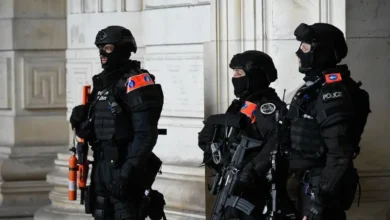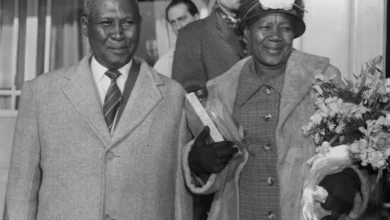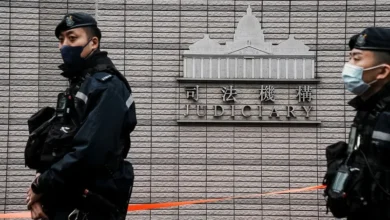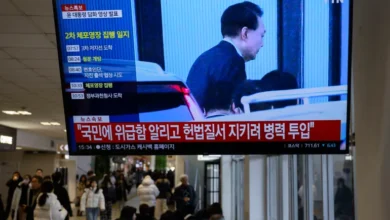Israel refuses to fully withdraw from Lebanon: Here’s what to know
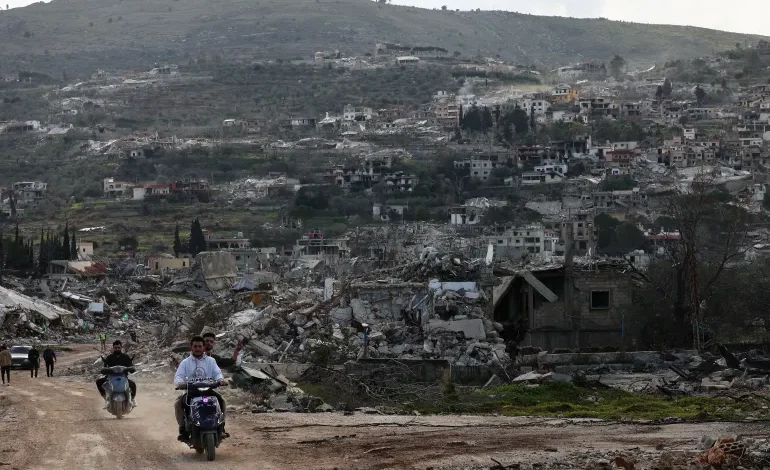
Israel is keeping troops in five locations on Lebanese territory, raising fears that it is planning a new long-term occupation.
Israel was initially required to withdraw its army from southern Lebanon on January 26 as part of a ceasefire agreement with the Lebanese group Hezbollah, which came into effect on November 27.
As part of the agreement, Israeli troops and the Lebanese Shia group Hezbollah were to both withdraw from southern Lebanon – an area that the latter had long dominated – and allow the Lebanese army and United Nations peacekeepers to deploy and control the region.
However, Israeli troops stayed in several Lebanese villages beyond January, pushing the Lebanese government and Hezbollah to accept a new timeframe for Israel’s withdrawal on February 18.
The deadline has now passed and Israel still refuses to fully leave Lebanon.
This is all you need to know about the implications of Israel’s occupation.

